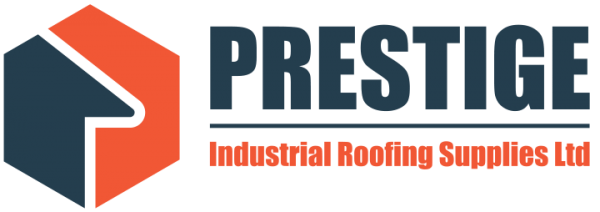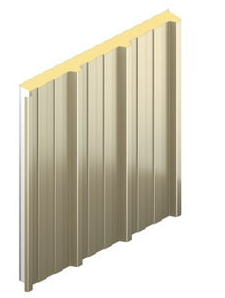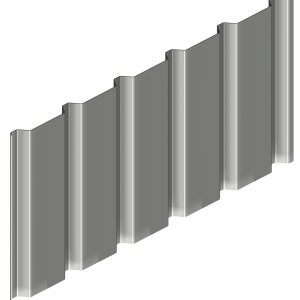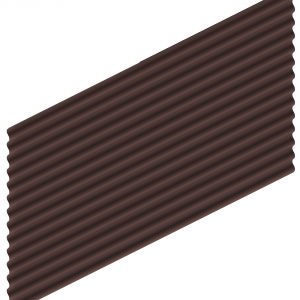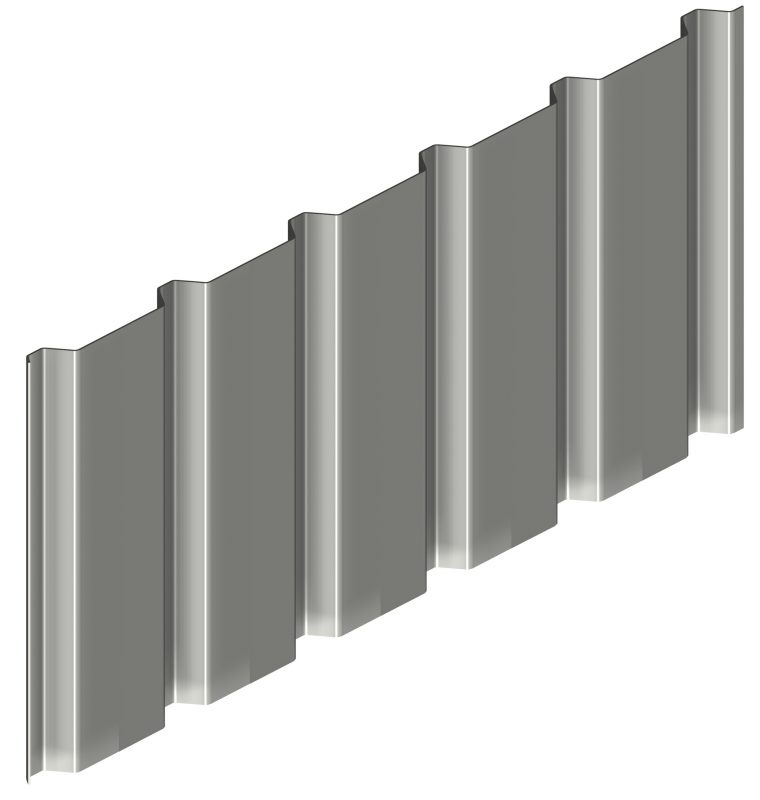Prestige Industrial Roofing Supplies are one of the UK’s Leading Industrial Metal Cladding Suppliers.
As one of the major suppliers in this sector, we offer a comprehensive and competitively priced range of products, including aluminium panels, steel sheets, zinc finishes, composite options and curved designs – all part of our wider Metal Wall Sheets range.
Our Industrial Cladding Products
At Prestige Industrial Roofing Supplies, we know the hassle involved in phoning around different suppliers to get what you need first-hand. We have an impressive portfolio of steel, zinc, aluminium and composite cladding products from proven manufacturers. As a result, whatever your requirement, rest assured that Prestige has you covered for all industrial requirements, whether part of a wall sheeting project or a larger Metal Roofing installation.
Well Connected for Metal Panel Supply
We only work with and supply high-quality products from trusted manufacturers. This means you can that you can have total confidence in the products we supply, many of which come with extensive manufacturer warranties. We offer our customers the advantage of being able to obtain all the supplies they need, when they need them.
Close links with major manufacturers mean that we can provide quality products at competitive rates. Trust is at the heart of what we do. We supply the best industrial solutions from Tata, Joris-ide, and many more. This saves you going anywhere else for your supply needs.
We can quickly supply you with a wide range of industrial cladding panels that can be laid vertically, horizontally or even diagonally, depending on your building’s needs. We even fabricate shaped panels for the most unusual requests.
In fact, we’ve made the purchasing process simple. Since we have many years’ experience in the trade, we co-ordinate your deliveries to help keep your project on track. Our national logistics network delivers the steel, zinc cladding, copper, and aluminium panels you need quickly, easily and cost-effectively.
Metal Cladding FAQs
What is metal cladding?
In industrial building terms, it is applied to the outer surface of a structure to protect it against corrosion and abrasion.
In simple terms, it acts as a protective layer. It shields the internal framework from the elements and can enhance the overall stability of a building.
As suppliers, we typically source four main types: steel, aluminium panels, zinc, and copper.
This external layer can be fitted to roofs and walls, on both horizontal and vertical surfaces, and even on curved facades and bespoke shapes.
From a technical point of view, the panels are available in a wide variety of profiles (including corrugated sheets) or they can be laid flat as part of a panel-based system. To find out more about the products we supply, including roof sheets, cladding sheets and profile roofing, please browse our website, or if you cannot find what you are looking for, give us a call.
What is the best type of metal cladding to use?
Cladding materials are applied across a wide range of projects, from industrial warehouses and agricultural buildings to premium commercial developments. So how do you decide which type of panel is right for your build?
This guide offers a helpful overview of the most commonly used options.
Steel
Steel is a durable and cost-effective choice. Typically coated with a polymer layer such as polyester or plastisol to protect against rust and corrosion, it comes in a wide selection of colours and finishes. Its strength adds structural integrity and resists warping, making it a frequent pick for warehouses and agricultural structures. It is widely used in box profile roofing, corrugated roofing, and sheets corrugated systems.
Aluminium
Aluminium is lightweight yet strong, making installation more straightforward — a key reason it’s often selected for refurbishments. It also works well for over-sheeting an existing surface on industrial buildings.
Zinc
Zinc is ideal where corrosion might be a concern. Many architects favour it for the distinctive ‘patina’ that develops naturally over time, which also helps hide minor scratches as the surface weathers. It's commonly used on offices and commercial premises.
Copper
The most premium option, copper is valued for its evolving appearance and strong visual appeal. It’s typically specified for landmark architecture such as museums, university buildings and high-profile commercial spaces.
What are the different metal cladding profiles?
There are many different profile sheets commonly used across industrial, agricultural, commercial and leisure buildings. To meet the needs of roofing contractors, manufacturers offer a variety of profiles such as corrugated, trapezoidal, sinusoidal and half-round. These are typically coated with protective preservatives or liquid plastic finishes, providing a wide selection of colours and textures.
Four main materials are used for profile systems: steel, aluminium, zinc and copper.
Several types of roofing systems are available, including built-up sheeting, composite, snaplock, and standing seam.
Built-up systems are assembled on site and consist of four components — an internal liner, insulation, spacer bars for support, and the external profiled sheets.
Composite panels feature two outer skins bonded to an insulating core, often using steel, aluminium or zinc for the surfaces.
Snaplock systems also include insulation and liners, but instead of being bonded, the components interlock for faster installation.
Standing seam options may be supplied either as pre-insulated panels or as sheet material formed and applied directly to the substrate on site.
Cassette systems are ideal for large-scale applications. These open-jointed panels, which can be up to 13ft long, are fixed with concealed clips to an aluminium framework, creating a clean and contemporary appearance. These can also be installed as wall cladding for commercial and public buildings.
What fixings do I need to specify for metal cladding?
There is a wide selection of fixings available for installing steel, aluminium, zinc, and copper systems.
Each material type requires a specific fixing method, which is also important for maintaining the product warranty.
Some of the most common fixing types include:
- Light metal fixings – suitable for galvanised z-purlins
- Heavy steel fixings – used on heavy gauge purlins and box channels
- Stitch fixings – ideal for sheet-to-sheet joins and securing flashings to steel cladding
- Double six fibre cement fixings – for use with wooden battens or light metal purlins
- Hook bolts – designed for right-angle metal beams
- Blue concrete fixings – for attaching cladding and flashings to concrete
As one of the UK’s leading suppliers, we regularly see new fixings enter the market. If you're unsure which type you need, our team can help identify the right option for our build conditions.
What is metal cladding coated with?
As part of the manufacturing process, steel cladding panels are coated with a composite or powdered material to provide strong protection against corrosion.
Taking TATA Steel products as an example, the most popular finishes include Plastisol, HPS, Colorcoat Prisma, and Polyester.
Plastisol is a suspension of PVC (Poly Vinyl Chloride) in liquid plasticiser, rolled onto the surface. Commonly used for roofing sheets and wall applications in industrial settings, it delivers excellent corrosion resistance.
Colorcoat Prisma and HPS are metallic finishes from TATA Steel, produced using a mix of 95% zinc and 5% aluminium. These coatings come in a wide range of colours and provide long-term colour stability, making them a preferred choice for modern architectural projects.
Polyester finishes are also widely used, particularly for commercial buildings and warehouses. The steel is galvanised with a 275g per square metre coating, then primed and coated with 25 microns of high-quality polyester enamel paint.
For more details about product availability, finishes, or delivery options for box profile, corrugated roof sheets, or tile effect cladding systems, contact our team today to speak with a specialist in cladding and service support.
